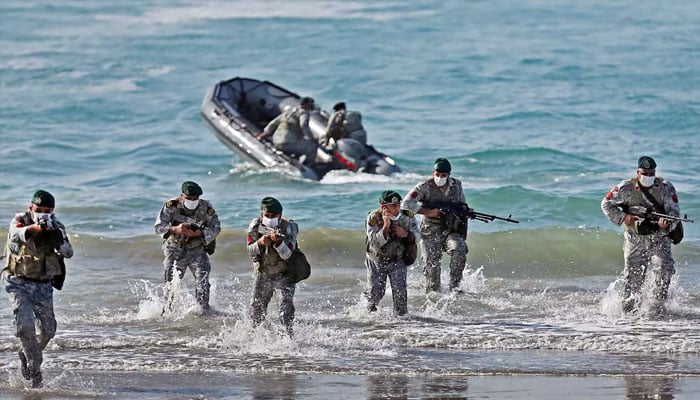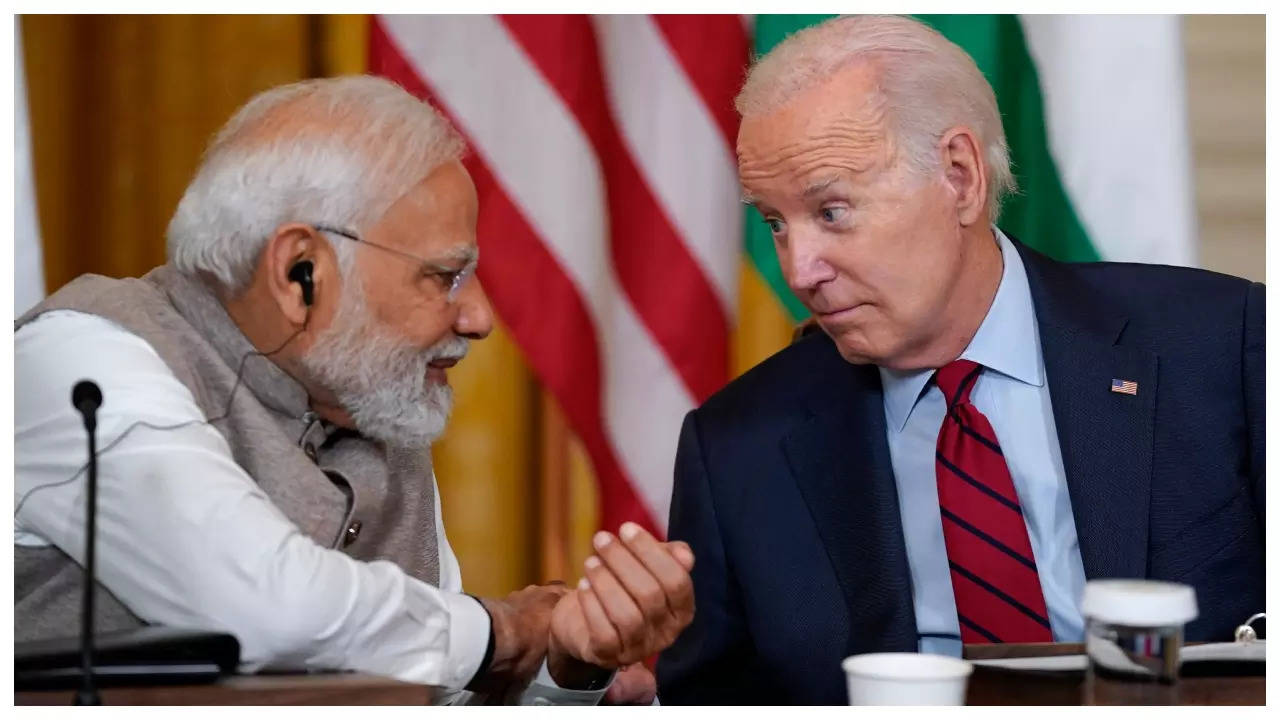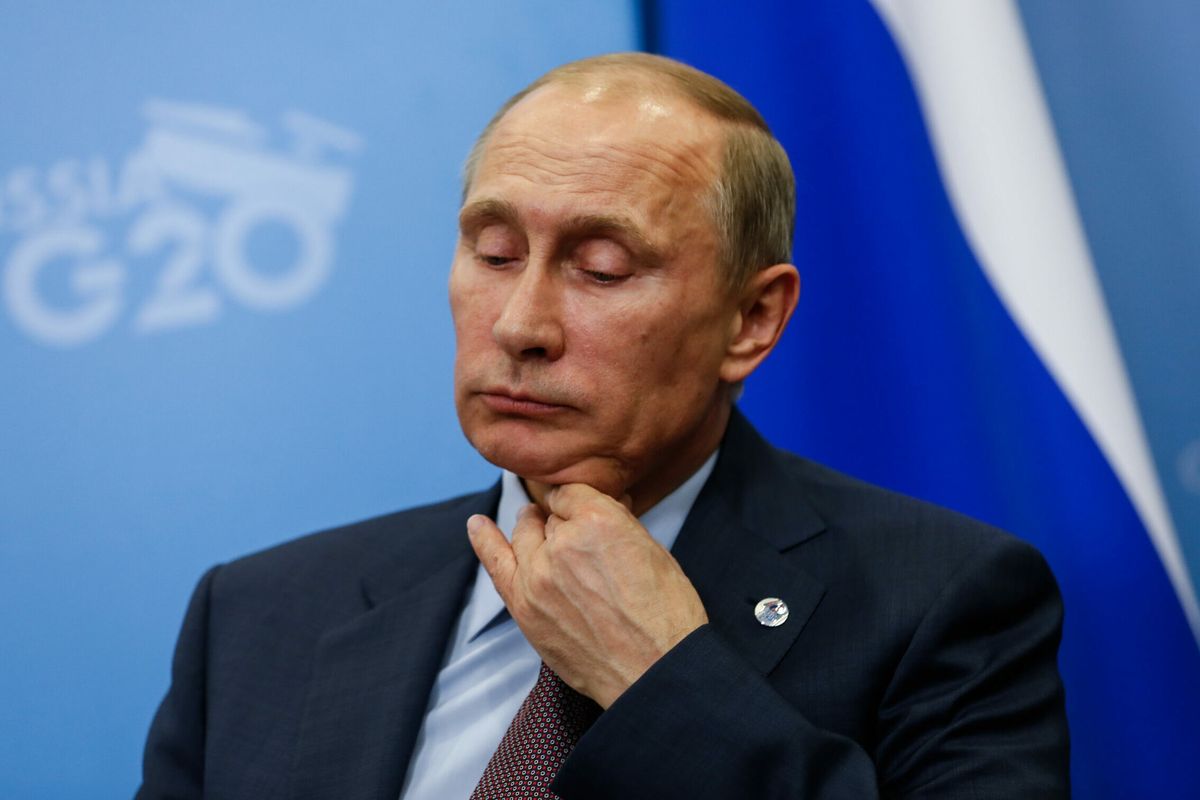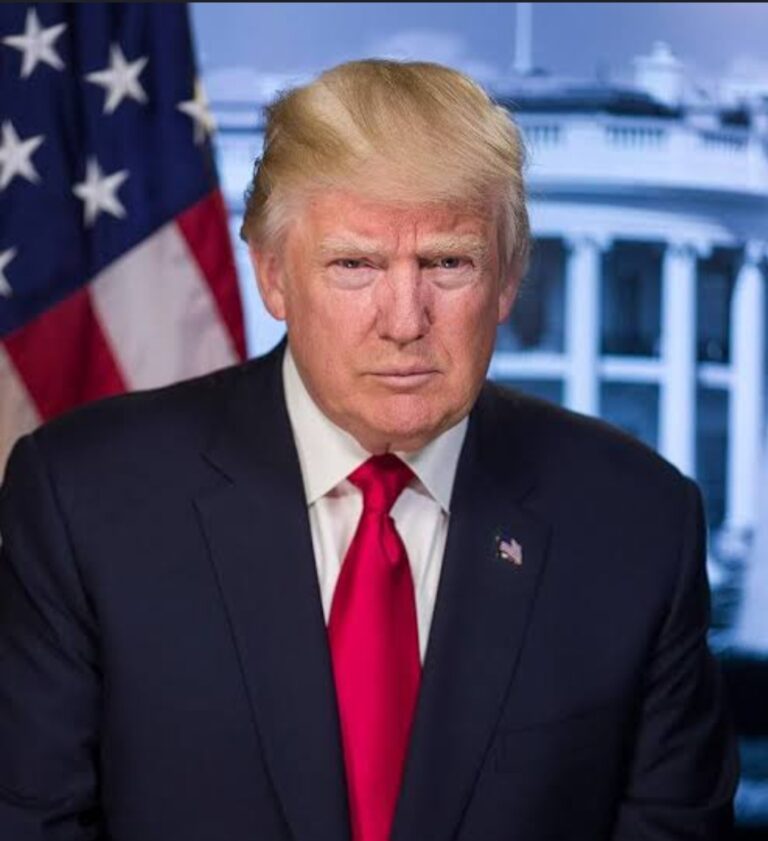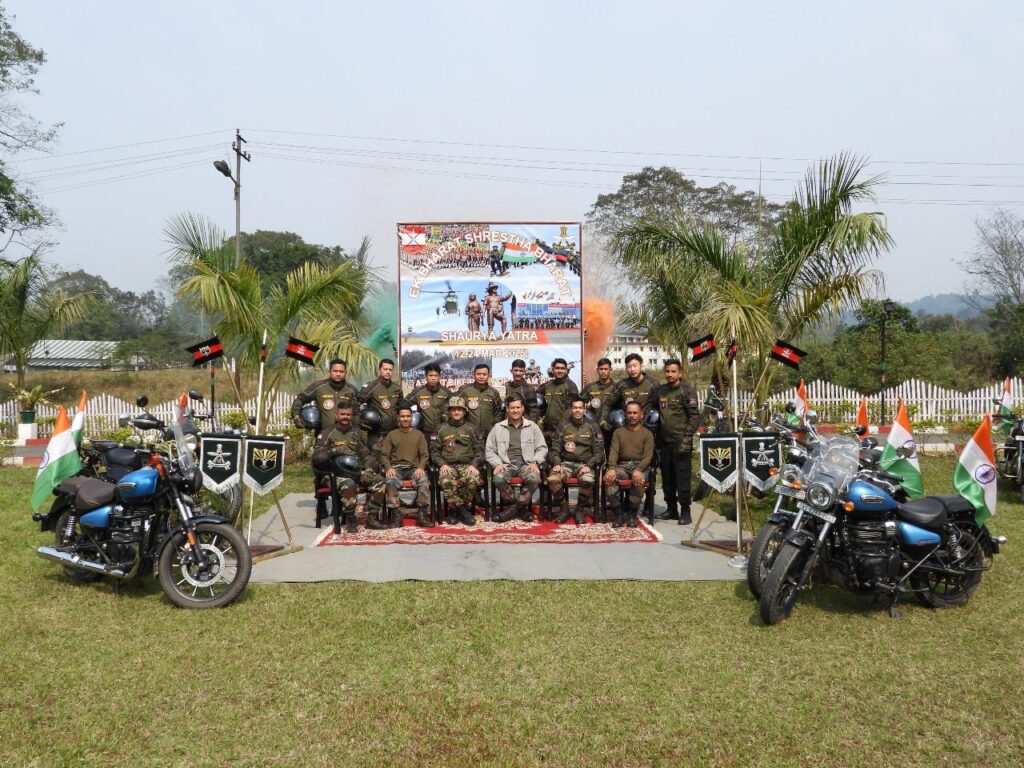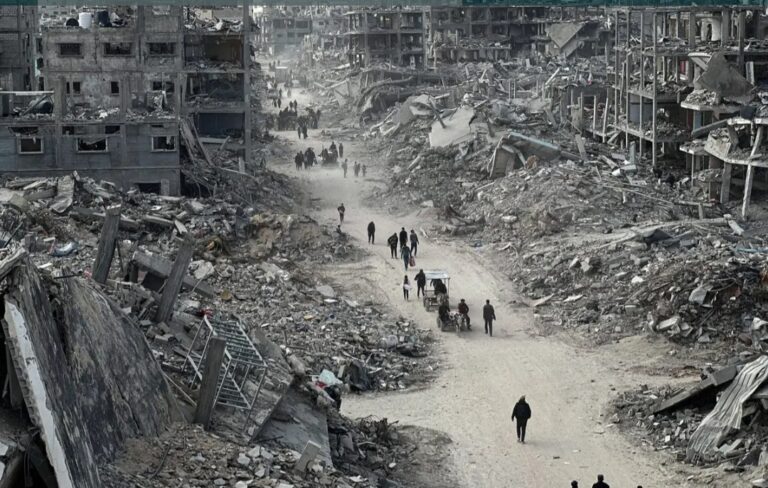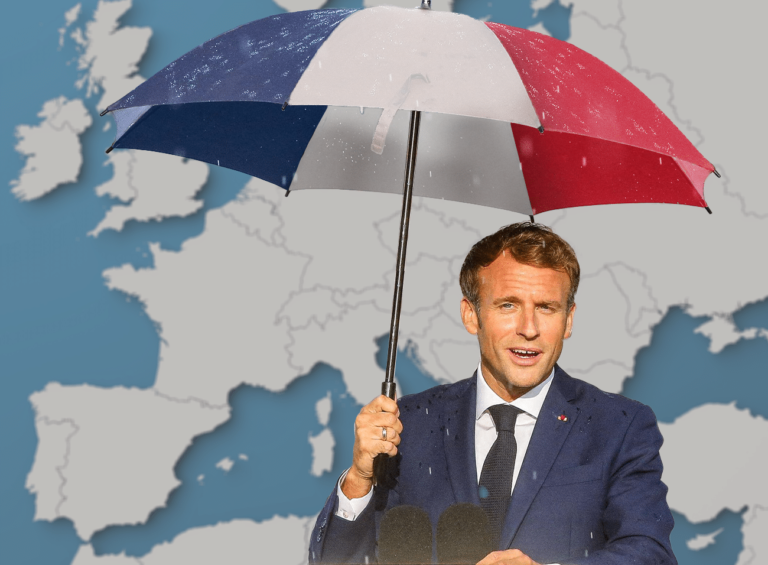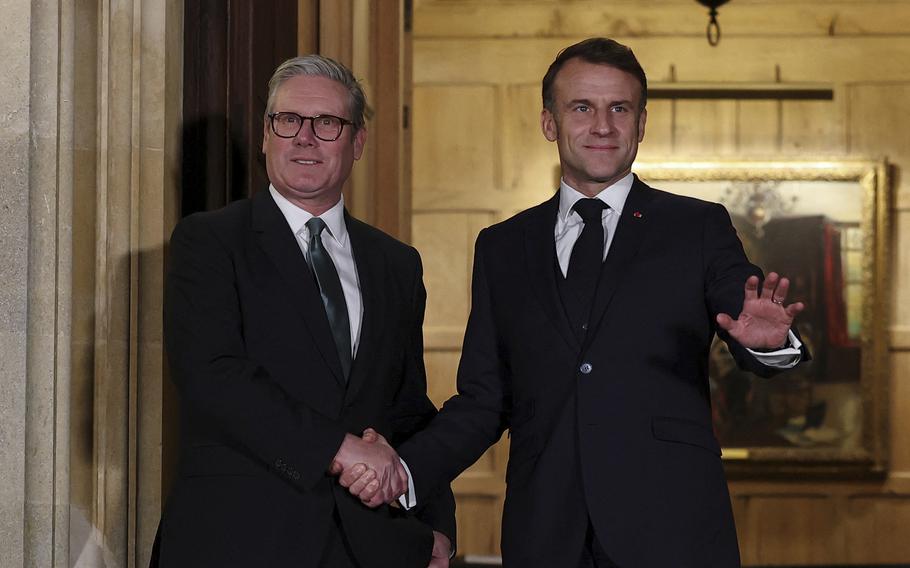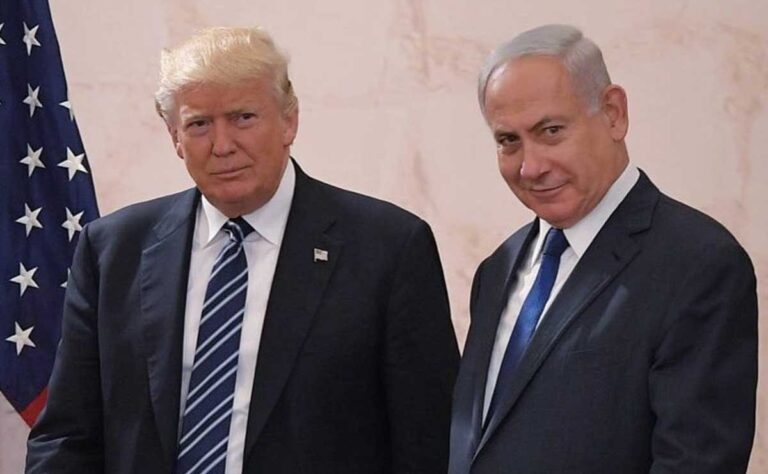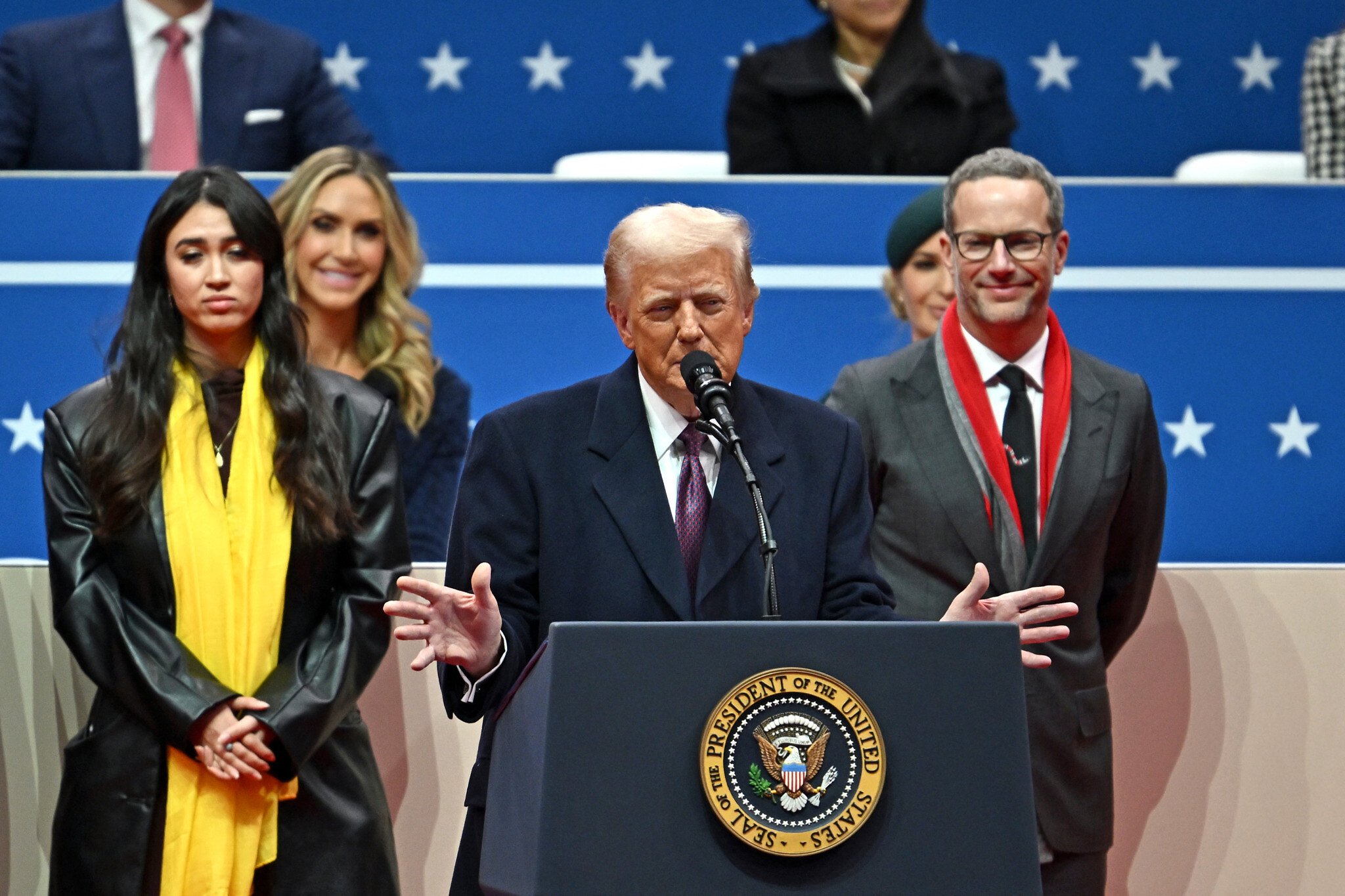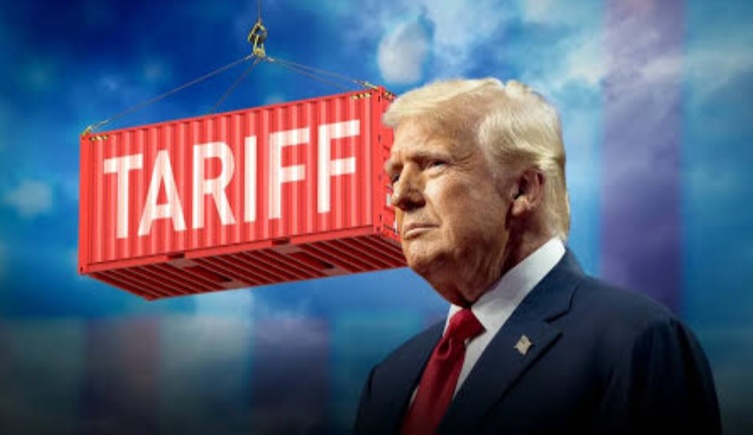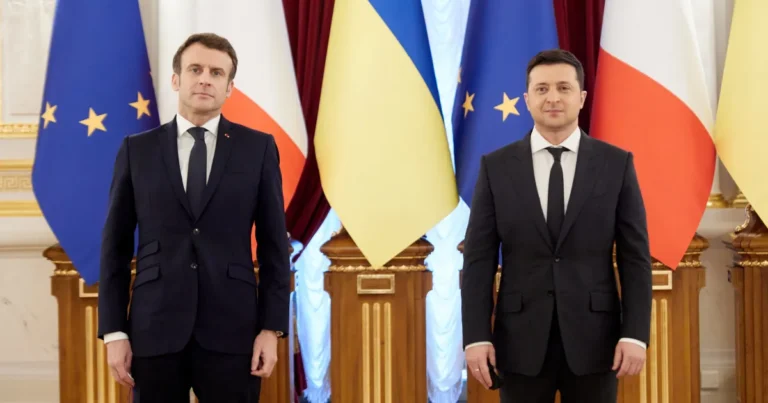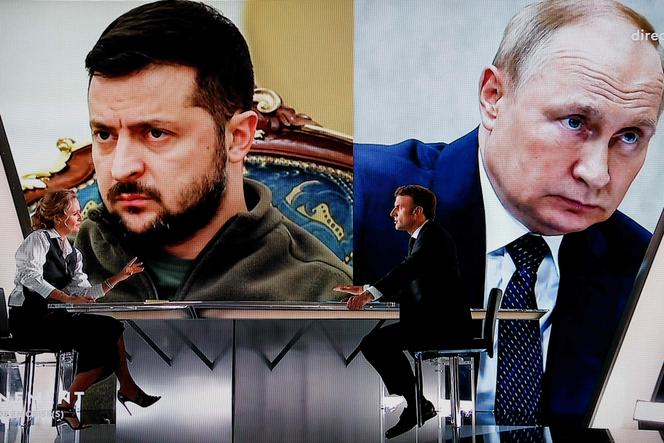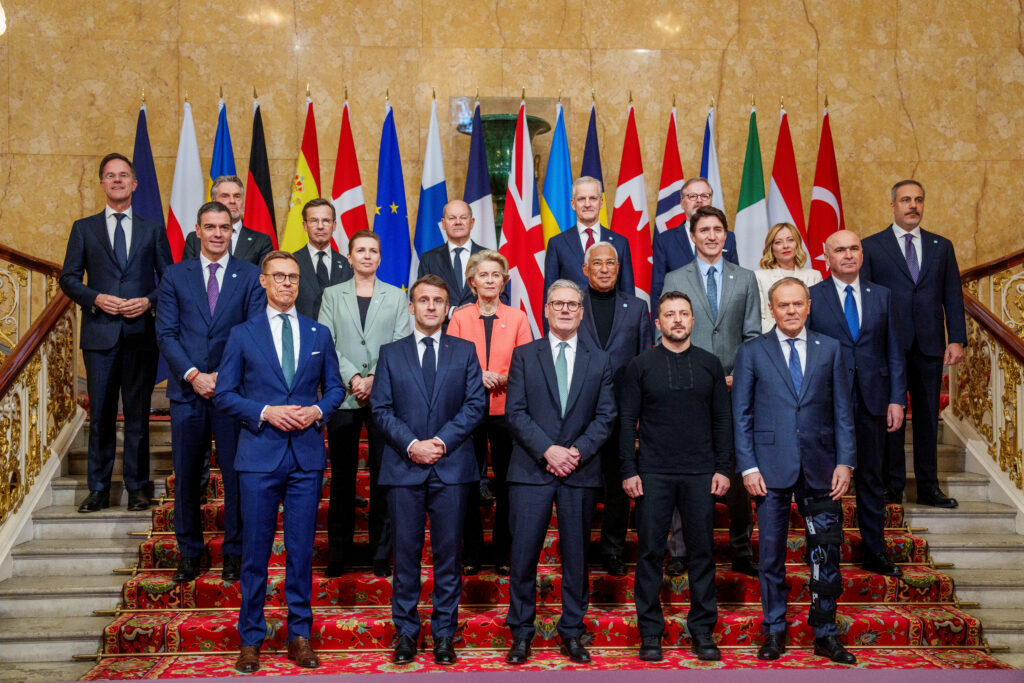Warships from Iran, China, and Russia have kicked off their annual “Security Belt-2025” naval exercises in the Gulf of Oman, sending a clear signal about their growing military ties. While these joint drills have been happening since 2019, this year’s display of force comes at a particularly crucial moment, right when US President Donald Trump is shaking up long-standing Western alliances and redefining America’s role on the world stage.
Taking place near Iran’s strategic port of Chabahar, these exercises are more than just about testing weapons and tactics. They are instead a powerful geopolitical message, showing how these three authoritarian nations are strengthening their military coordination to push back against US influence.
A Stronger Alliance Against the US?
For years, these naval drills have been seen as a symbol of defiance against the West, but this time, things are different, the global balance of power is shifting, and this so-called “axis of autocrats”, a term increasingly used in Washington is not hiding its ambitions anymore.
The reasons are clear – Trump’s America First strategy has weakened traditional alliances, especially in Europe and Asia. His embrace of Putin and his push to make allies pay more for US military protection have left many wondering about America’s long-term commitments.
Meanwhile, Russia and North Korea’s relationship has grown significantly, with Pyongyang even sending troops to aid Moscow’s war effort in Ukraine. In response, the US has started ringing alarm bells about a growing military bloc that spans multiple regions.
Iran is also under renewed US pressure, as Trump has brought back his “maximum pressure” strategy, aiming to choke Tehran’s oil exports and halt its nuclear ambitions. The Iranian regime, however, is refusing to back down.

Why the Gulf of Oman Matters
The Gulf of Oman, is a critical gateway for global energy supply. It connects to the Strait of Hormuz, one of the world’s most important oil chokepoints, where over 25% of global seaborne oil shipments pass through daily.
By flexing their military strength in this region, Iran, China, and Russia are making a calculated move – they are signaling that they, too, have the ability to control global trade routes, testing how far they can push the US presence in the region without triggering a direct response. And they are showing solidarity against Western-imposed economic sanctions, proving that sanctions alone won’t weaken their military ambitions.
Who’s Bringing What to the Table?
This year’s naval drills involve a formidable lineup of warships, helicopters, and combat vessels from all three nations –
—Russia has sent two powerful corvettes—Rezky and Russian Hero Aldar Tsydenzhapov—along with a support tanker from its Pacific Fleet.
—China has deployed its Type 052D guided-missile destroyer Baotou and a supply ship, reinforcing its naval strength in the region.
—Iran has contributed a stealth missile corvette and a patrol ship, further cementing its ability to defend its waters.
According to Russia’s Defense Ministry, the drills will include simulated attacks on maritime targets, boarding and seizure exercises, and coordinated search-and-rescue operations – all essential skills in potential future conflicts.
Trump Brushes It Off, But Should He?
When asked about the naval exercises, Trump seemed unbothered, “We’re stronger than all of them. We have more power than all of them.”
But beneath this confident rhetoric, concerns are mounting in Washington. The fear is real, not just limited to these nations acting alone but even more concerning, what happens if they start coordinating military moves in multiple regions at the same time.
Could China make a move in the South China Sea while Russia escalates in Ukraine?
Could Iran provoke tensions in the Middle East while North Korea stirs trouble near the Korean Peninsula?
And could these nations start conducting joint operations beyond naval drills, forming a new military alliance that directly challenges NATO?
For now, the US still maintains a significant naval presence in the region through its Fifth Fleet, based in Bahrain. But the growing partnership between these authoritarian regimes suggests that future conflicts might not be so easy to contain.
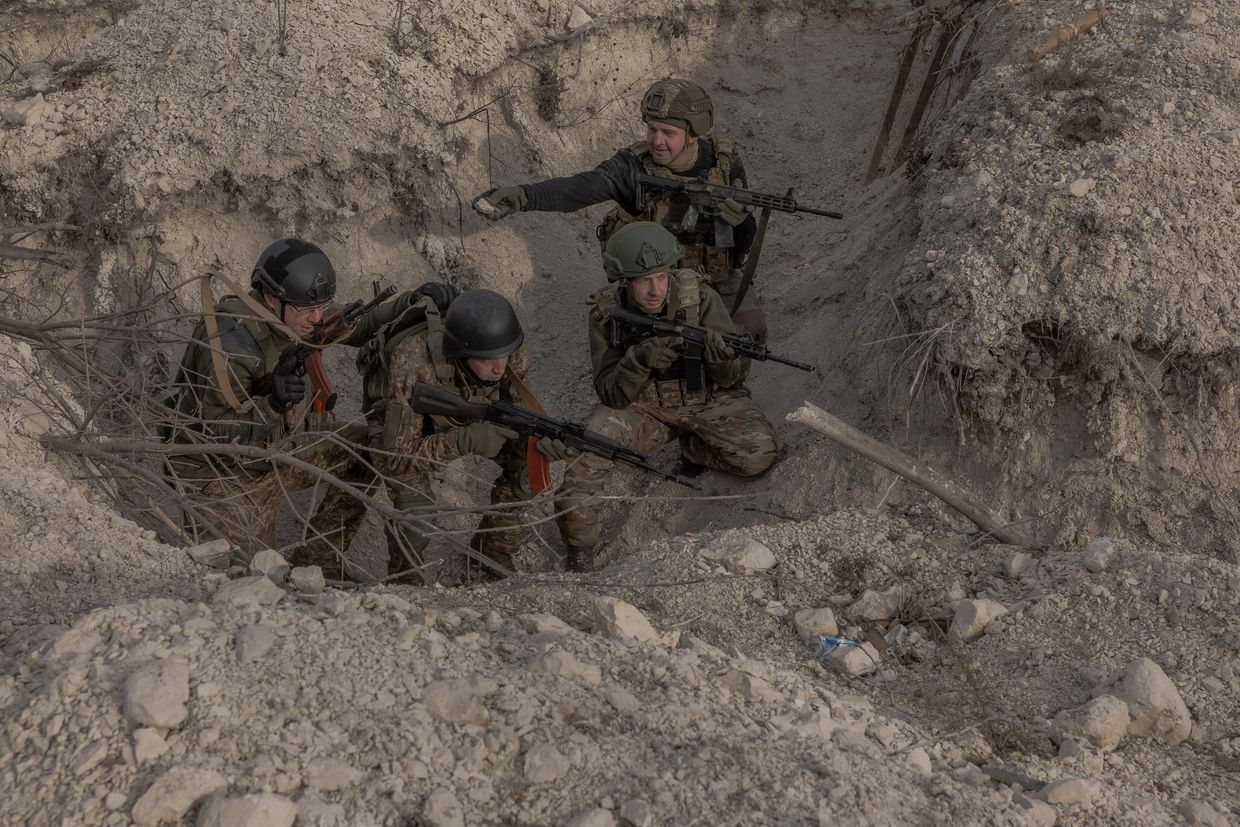
Why This Alliance Is More Than Just a Military Drill
At first glance, the joint naval exercise between Iran, China, and Russia might seem like just another round of routine war games. But dig a little deeper, and the implications become far more serious.
For years, the global order was defined by Western dominance, with the US and its allies setting the rules. But as fractures appear in the Western alliance fueled by Trump’s unpredictable foreign policy, rival powers are seizing the moment to reshape global influence on their terms.
The Strategic Significance of the Location
The Gulf of Oman, where these drills are taking place, sits at the mouth of the Strait of Hormuz, one of the world’s most vital oil chokepoints. Nearly 30% of the world’s seaborne-traded oil passes through this narrow passage.
Control over this region means control over a key artery of global energy supply. And Iran already notorious for its threats to disrupt oil shipments in retaliation for US sanctions has every incentive to flex its muscles here. With China and Russia joining in, these drills signal the West – that it alone is not the only player with military influence over critical trade routes.
Considering that this is the fifth joint naval exercise between Iran, China, and Russia since 2019, it tells us that this a part of an evolving military relationship.
Russia and Iran have grown particularly close in recent years. With Moscow heavily sanctioned due to its war in Ukraine, Iran has stepped in as a key weapons supplier, providing drones and ammunition that have been crucial in Russia’s attacks on Ukrainian cities.
China and Russia, while often competing for influence, have found common ground in countering US dominance. The two have significantly expanded military cooperation, conducting joint patrols in the Pacific and Arctic and increasing weapons technology exchanges.
China and Iran also have a growing security relationship. Beijing has been a lifeline for Tehran, helping it sidestep Western sanctions by buying Iranian oil and even signing a 25-year cooperation agreement that promises deeper economic and military ties.
The inclusion of North Korea in this growing axis adds another dangerous angle. Pyongyang has been sending weapons, artillery shells, and even troops to aid Russia in its invasion of Ukraine. This is a major escalation, one that brings together four authoritarian states with a shared hostility toward the West.
The Economic and Diplomatic Implications
Beyond military coordination, this alliance is also reshaping economic and diplomatic dynamics –
—China is reducing dependence on the US dollar by promoting trade in local currencies, particularly with Russia and Iran. The growing de-dollarization trend weakens US economic leverage over these countries.
—Russia and Iran have found economic lifelines in China as Beijing continues to buy oil from both, undermining Western sanctions.
—Weapons technology sharing between these countries could accelerate military advancements, especially in drone warfare, cyber capabilities, and missile systems, all of which could be used in conflicts against Western-backed forces.

Could This Alliance Become a Global Security Threat?
The bigger question is – does this growing coalition pose a real challenge to the global balance of power? The answer is not simple, but the trajectory is worrying.
Individually, these countries have their own struggles – Russia is bogged down in Ukraine, Iran is struggling with domestic issues and economic turmoil, China is dealing with economic slowdowns, and North Korea remains isolated. But together, they create a powerful bloc that can coordinate military actions, support each other’s regimes, and counter US influence in multiple regions simultaneously.
And if Trump continues to pull back from NATO, question support for Ukraine, and demand that Asian allies pay more for protection, it could leave a vacuum that these countries are eager to fill.
The Last Bit
What was once seen as a loose collection of authoritarian regimes acting independently is now turning into something far more structured and coordinated. The Iran-China-Russia-North Korea axis is quickly evolving into a long-term strategic partnership with significant military, economic, and geopolitical consequences.
The world may not be on the brink of a new Cold War just yet, but the lines are being drawn. And as US alliances weaken and new power centers emerge, the next few years could see a dramatic shift in the global order.

